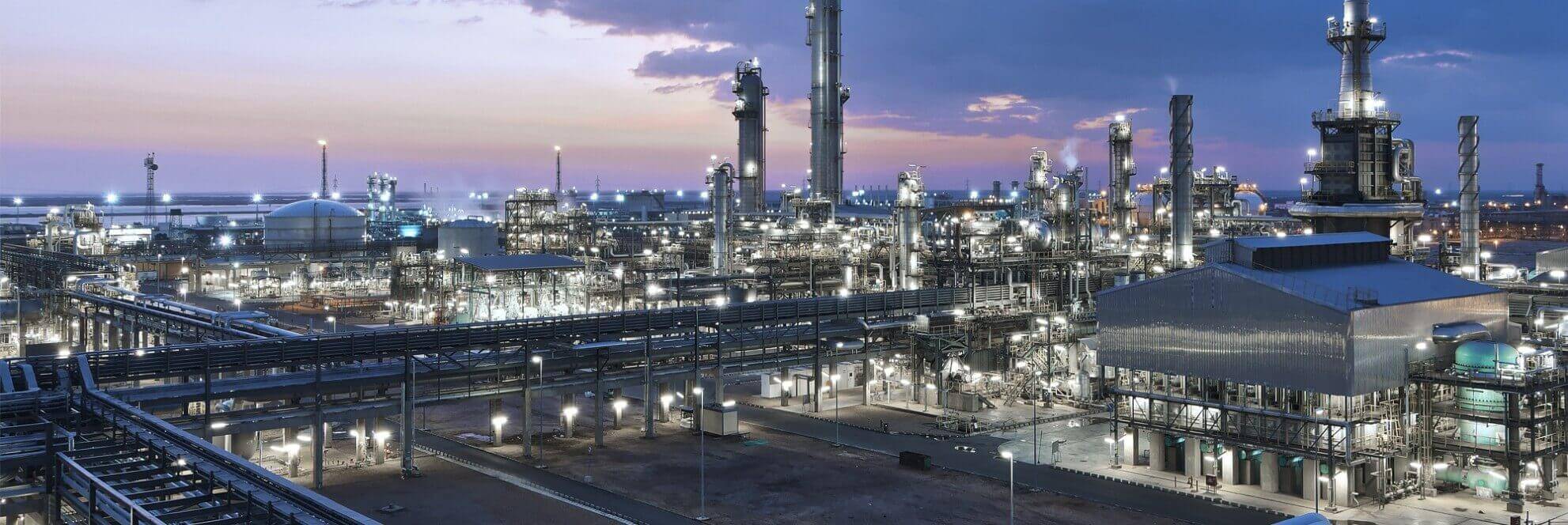Chemical Industries: Challenges and Opportunities
The chemical industry is the backbone of industrial and agricultural development in India. It plays a significant role in the evolution of human civilization. The chemical industry is highly unstable and needs to evolve and adapt to the current business scenario in order to ensure optimization and development. Over the time chemical industry has become an irreplaceable part of the global economy. It provides about 120 million jobs and an estimated $5.7 trillion contribution to the world Gross Domestic Product (GDP).
India is emerging as a chemical hub churning over 70,000 chemical products. In FY 2018-19, total production of major chemicals and petrochemicals went up by 4.15% standing at 27,847 metric tonnes in 2017-18. Indian chemical industry came to the spotlight in 2014, when China was facing supply disturbance. That’s when India became an alternative supplier to the MNCs. The industry which was hardly in the competition got a lifetime brew not only for survival but also to blossom with better opportunities. Over time the financial performance of Indian chemical companies increased drastically.
With the competition shooting up on one hand and the challenges ascending, on the other hand, the only option we have to continue in the race is by adapting and converting these challenges into opportunities.
Challenges faced by the manufacturing industry
Raw materials
The raw materials required for chemical processes are not available at the tip of our fingers. Not having easy access to the feedstocks is a major problem in the organic as well as the inorganic chemical industry. Another problem is the cost of the feedstock, it was noticed that the chief feedstocks were costlier in India when compared to their prices in nations like the Middle East, China, and other Southeast Asian countries. This might be because of the difference in manufacturing wages, size and also skill level of the laborers.
Poor infrastructure
Along with poor infrastructure facilities, restricted access to railway depots, ports, and quite a bad pipeline connectivity are of major concern to the domestic manufacturers. These problems create a hurdle in the path of receiving smooth delivery of raw materials. Apart from this, the power supply is another big issue faced by the small and medium industries. These players can not afford the captive power plants, which large players usually go for.
Logistics issue
Most of the chemical industries are situated on the west coast, majorly in Gujarat due to the vicinity of the raw materials and convenience of the port. But, the demand from the end-use industries mainly comes from the south and east regions, which leads to conveyance issues. This issue gives rise to high transportation costs, taking up the overall production cost with it.
Global competition affecting the imports
The chemicals are being imported at a much cheaper rate from low-cost manufacturing hubs like China. India after entering into the world trade organization, has witnessed a reduction in the import tariffs on many products. Due to many multilateral and bilateral agreements, the government has aimed to gradually banish tariffs to meet the increasing demands of chemicals across the country. This will escalate the competition.
Working at low capacities
The cost of petrochemicals has gone too down because of the oversupplies in the global market. The domestic manufacturers have no option other than under-utilizing their plants.
R&D
Indian research and development sector is not paid much attention yet due to its high cost. The domestic manufacturers can not afford the cost of bringing new products to the market therefore they go with the common products which require economical research and development investments. Domestic manufacturers are not evolving due to this issue.
Human resources related issues
The chemical industry faces a daunting shortage of skilled laborers which affects the productivity of the industry. Some of the many problems faced by the lack of skilled laborers are compromised product quality, more time to complete the task, hampering productivity, and limited growth. A report by FICCI-NASSCOM & EY revealed that, out of India’s workforce of 600 million people, 9 percent will be engaged in jobs that don’t exist today, while 37 percent will be in jobs that require completely new skill sets. In the coming decade manufacturing alone will face a7.9 million labour deficit.
Key Opportunities
Add specialty chemicals
The specialty chemical market in India is signalized as an opportunity for local manufacturers, who want to enhance and build their product portfolio. One of the best opportunities to tweak the portfolio is to add specialty chemicals like polymers additives, lubricating additives chemicals used for treating water, etc. Biodegradable polymers are in high demand due to environmental concerns. This is a great opportunity for manufacturers to start paying attention to value-added products.
Export in blooming markets
The emerging countries of Asia Pacific and Africa prove to be a great opportunity for small as well as large manufacturers in India. These countries are growing at much faster rates. Indian chemical industries should start inspecting the outside market and grab the opportunity. India is the third-largest producer of chemicals in terms of volume. India’s share percent in total export is 14.33% in 2019-20.
India should start adopting a twin strategy, which helps access across the globe. This can allow local companies to reach a leadership position by having strong vendor base partnership arrangements.
Special economic zones- SEZs
Special economic zones have always been beneficial for the chemical companies because it ensures cheap and easy duty-free import of raw materials. Special economic zones like Iran, Myanmar, and Mozambique have always been beneficial for the chemical industry.
Coal gasification
The demand for petroleum has been growing constantly for the last decade. India is very lucky to have an abundance of coal which can help us in producing various petroleum products. India should use this opportunity to leverage coal gasification technology to increase the export of petroleum products.
Low-cost scorching option in global market
Asia is becoming a new chemical industry hub. Countries like China, Singapore, Thailand are coming up as a low-cost scorching option in the global market. India can also use its resources and new technologies like coal gasification, syngas, etc, and emerge as a low-cost scorching option in the global market.
How does Suman Chemical Industries deal with the challenges?
Suman Chemical Industries engage in manufacturing and exporting adhesives, binders, textile auxiliaries, polymer emulsion-based products, construction chemicals, and value-added chemicals. We truly believe that the only way to succeed is by converting all our challenges into opportunities.
Suman Chemical Industries imports all its raw materials from foreign countries because petroleum raw materials are very expensive in countries like India. Research and development are some of the greatest strengths of Suman Chemical Industries. Our R & D lab has facilities for synthesis, pilot plant, instrumental analysis, printing section, lab-scale drums & jet machines of Dyeing & Printing sides. We are establishing a pilot dyeing & printing facility to test the new products. A kilo-laboratory is also part of plans for expansion in other fields like contract research & high-value product manufacturing. Suman Chemical Industries is a consumer-based industry and we manufacture products based on customer needs. We take extra effort at solving our client’s unique needs with the help of our R&D and skilled employees.







